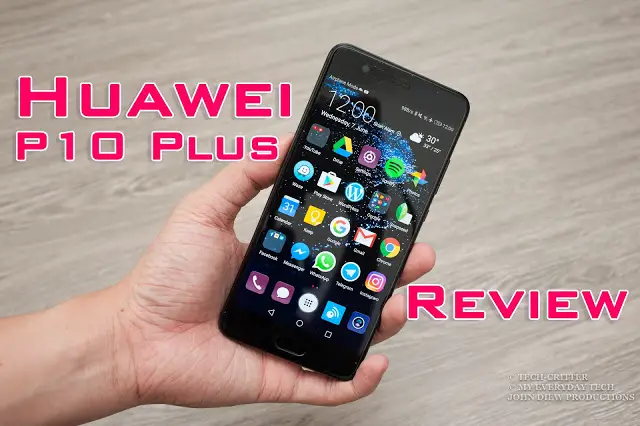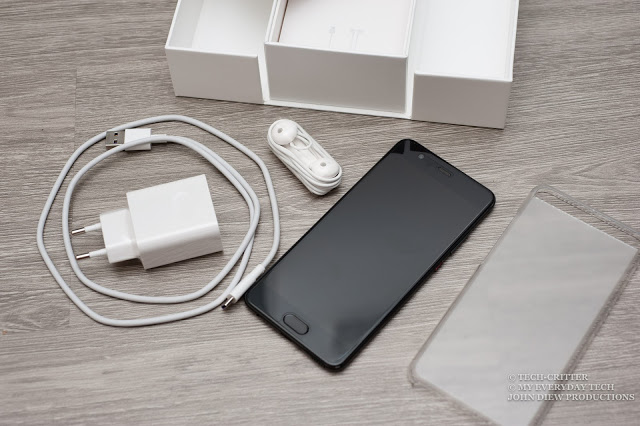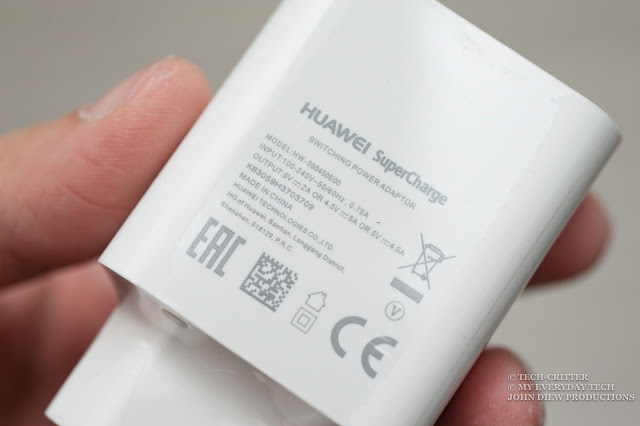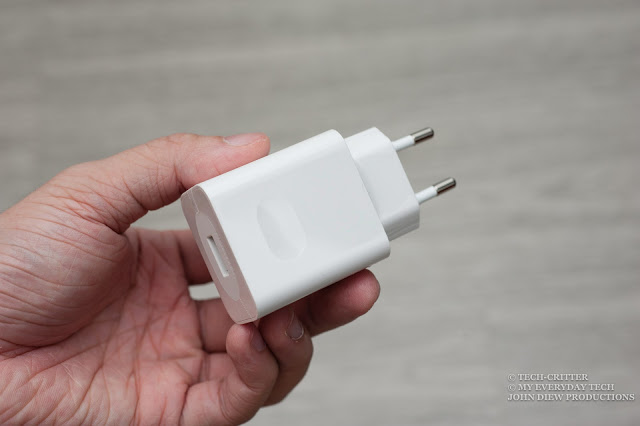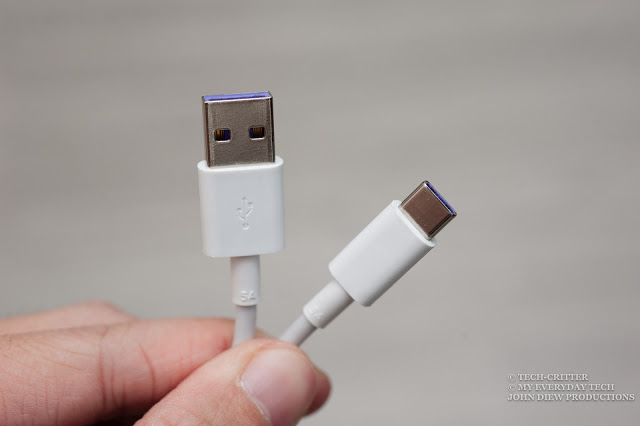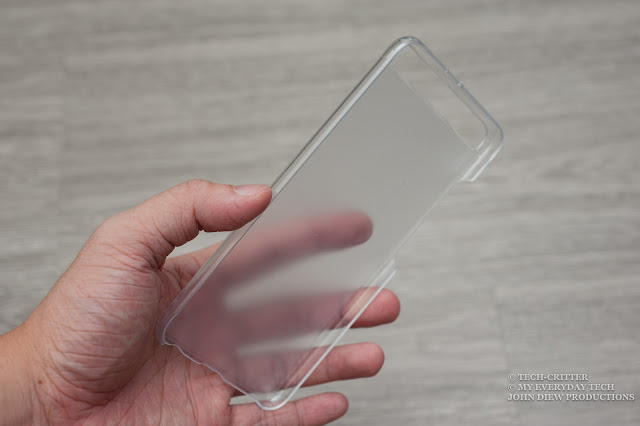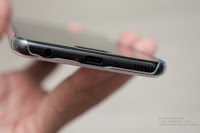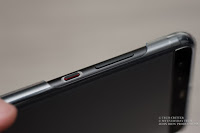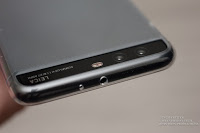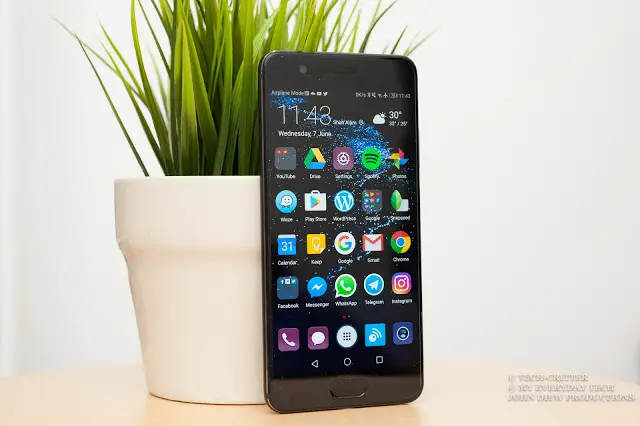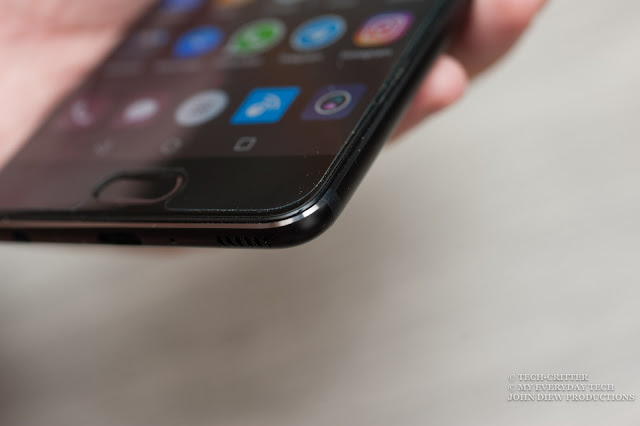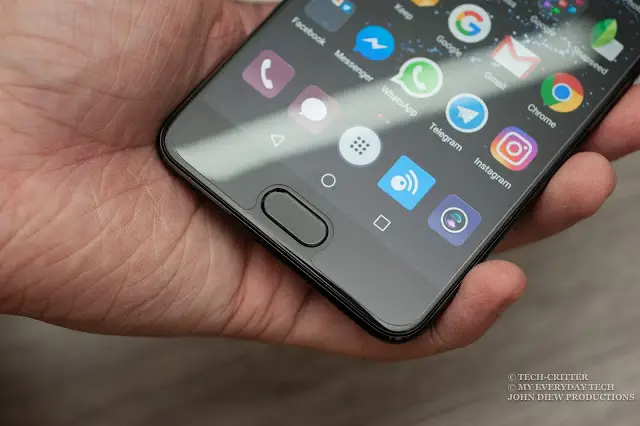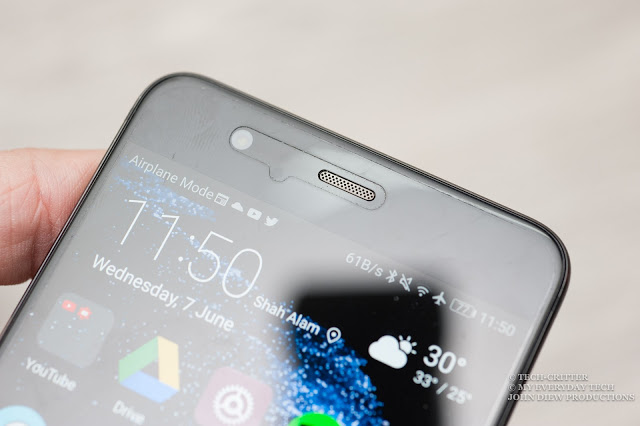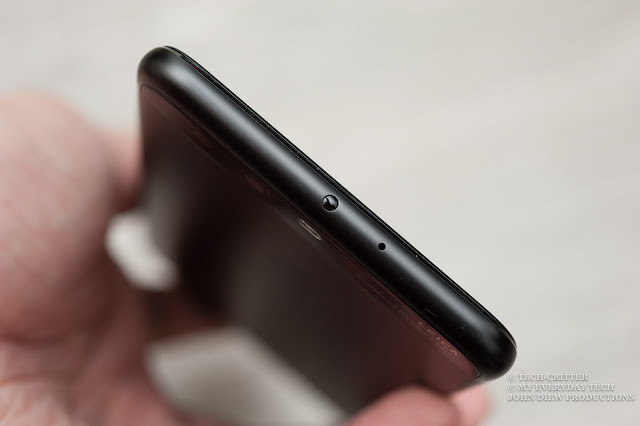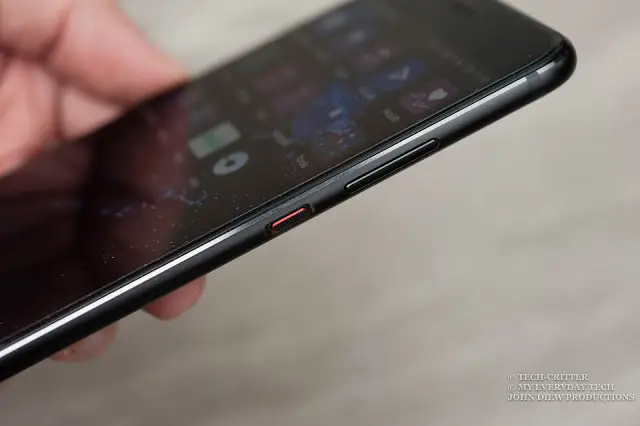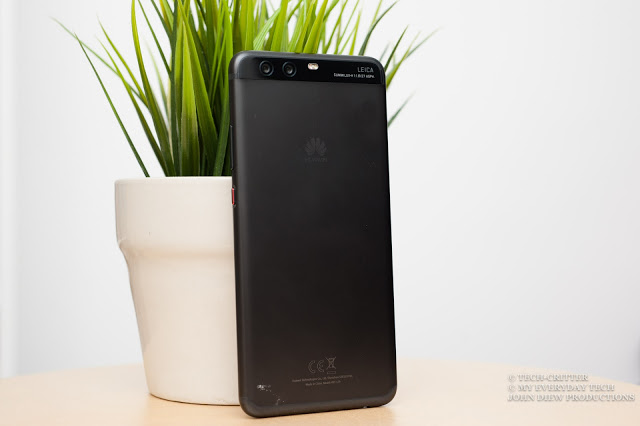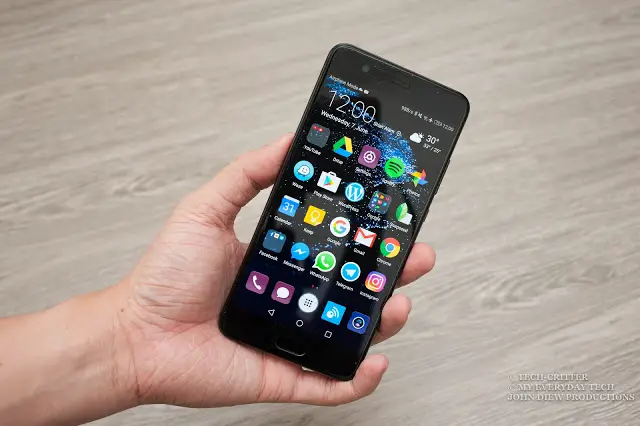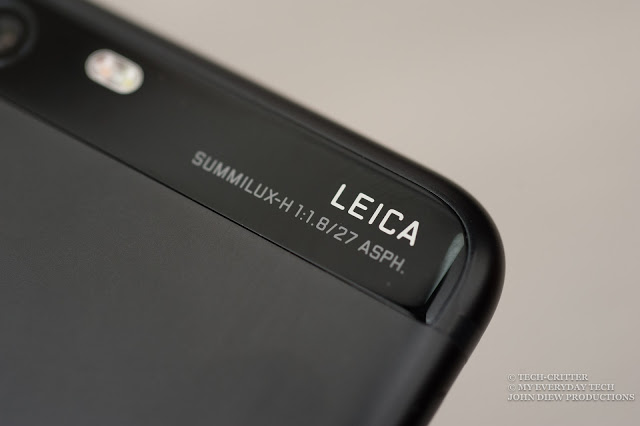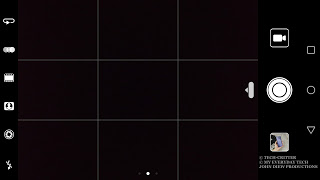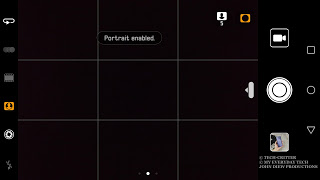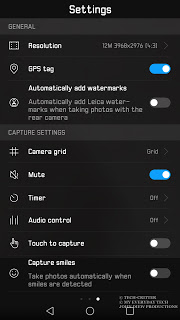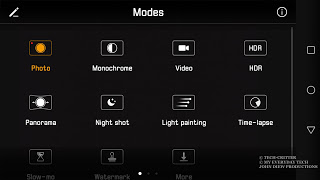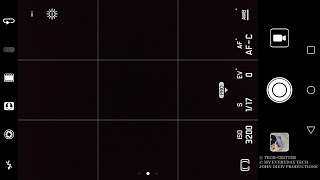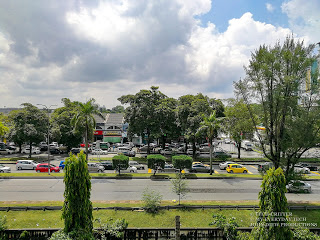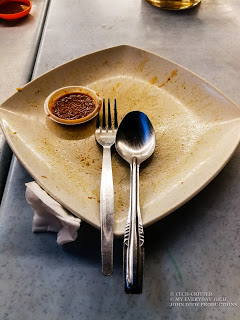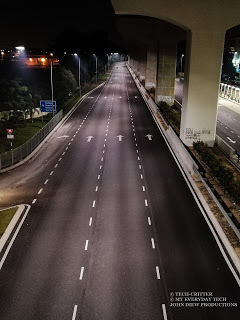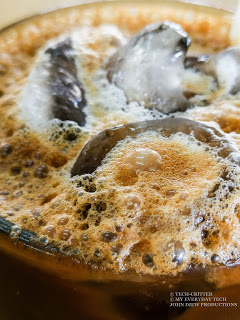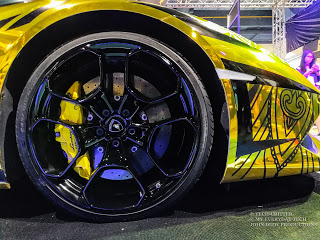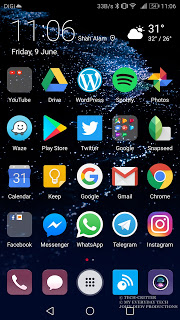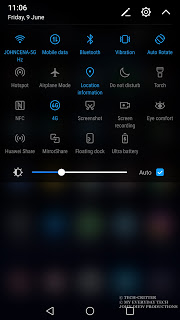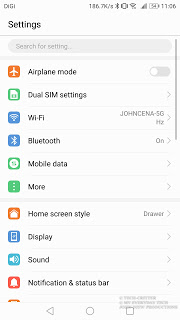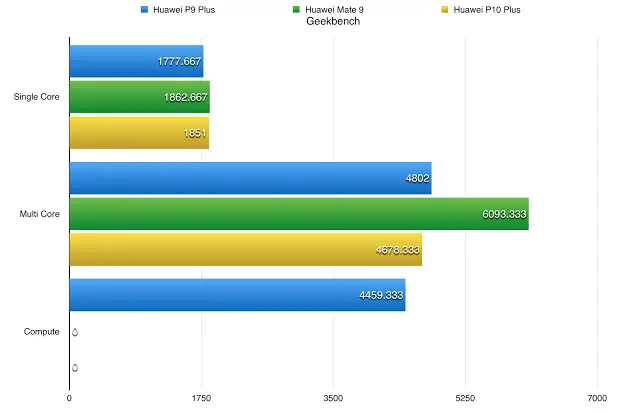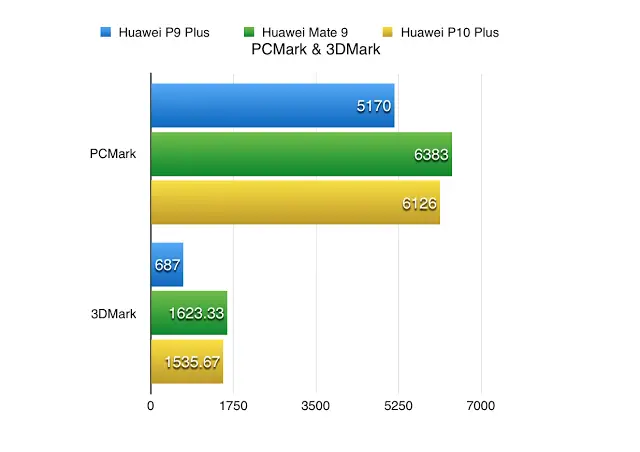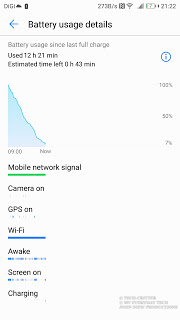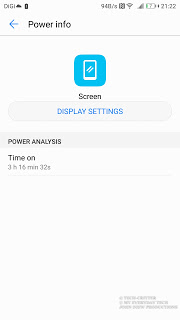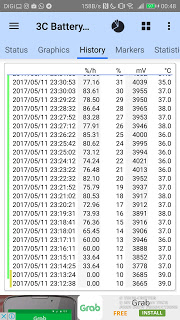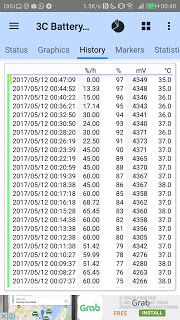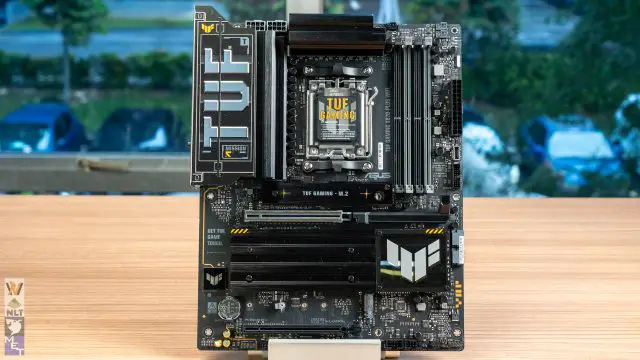The Huawei P series smartphone has been a tremendous success in various regions, all thanks to the P9 family where it positioned the phone in a unique category that focuses on photography. The collaboration with Leica has indeed paid off where the Huawei brand itself now is receiving more positive recognition by the public.
After a year from the release of the iconic and successful P9 family with Leica Dual Camera, today we are looking at its successor, the Huawei P10 Plus. The “Plus” suffix indicates that the phone we’re holding is having a 5.5-inch display as opposed to the standard P10 with a 5.1-inch display.
Read on to find out what do we think of the Huawei P10 Plus and whether it suits your needs or not.
Huawei P10 Plus Specifications Overview
HiSilicon Kirin 960
6 GB RAM
128 GB Internal Storage (supporting 256 GB MicroSD card)
5.5-inch 2560×1440 IPS-NEO display
20 MP Monochrome + 12 MP RGB Leica Dual Camera f/1.8, OIS, Hybrid AF
8 MP front camera f/1.9
3750 mAh battery
Android 7.0 Nougat, EMUI 5.1
Unboxing
What you get in the box:
- Huawei P10 Plus
- Huawei SuperCharge adapter
- USB Type-C cable
- Earphones
- Hard plastic clear case
- Paperwork
The Huawei proprietary fast charger is rated at:
- 5V/2A ~ 10W
- 4.5V/5A ~22.5W
- 5V/4.5A ~22.5W
Compared to some other fast chargers with ratings such as 9V/2A ~ 18W, the higher voltage usually results in a higher temperature while charging. This ultimately will decrease the battery lifespan.
I actually prefer the 3-pin UK connector type which comes with the Huawei P9. The new wall adapter interestingly used the 2-pin connector instead.
The USB-C cable is purple colour-coded to indicate that it supports the Huawei SuperCharge. We tried with other high-quality USB-C cable and found that SuperCharge still works. Hence we can deduce that it is not cable reliant as long as the cable has proper QC.
Just like the P9 and Mate 9, the Huawei P10 Plus also comes with a clear hard shell case for out of the box protection. One thing, however, I noticed that the quality of the case has dropped compared to the other two.
Build Quality & Design
The appearance of the P10 family has received a modest redesign. While maintaining the overall looks from the P9, the corners are now curvier, which makes the phone less “boxy” and felt a lot better in the hands.
The rounded corners with chamfered edges.
In fact, the most obvious and radical change of the phone is the placement of the fingerprint scanner. If you’re used to Huawei smartphones, their fingerprint scanner is usually placed at the back of the phone. The scanner is quick and accurate. If you previously used the P9 Plus or Mate 9, you would definitely tell that the new fingerprint scanner is noticeably faster than before.
The recessed capacitive home button as the name suggest responds to touch instead of having a mechanical switch underneath. Since it is touch sensitive, the capacitive button also supports gestures where you can totally replace it with the on-screen navigation buttons.
The home button gestures as follows:
- Long press for Home
- Single tap for Back
- Swipe left/right for Multitask
I am a big fan of on-screen navigation buttons because it offers endless customisation possibilities. Not to mention more and more OEMs start to offer the on-screen navigation buttons according to Android’s design standard. Therefore I had doubts when Huawei introduces the concept of a gesture-based home button, especially confusing to the end users. I gave it a try and to my surprise, after 1 week, I actually kind of like how easy to use the gesture button.
One thing to take note is that if you insist on using on-screen navigation button, the home capacitive button will only function as a fingerprint scanner. Tapping or long press will not be recognised for Home and Back. I think this is such a waste of resource because Huawei could’ve defaulted tapping action on the fingerprint scanner to be “Home” function. Otherwise, they could have allowed the users to determine the gesture actions on the home button for endless possibilities.
The earpiece is above the display, along with front facing camera and the sensors. As you can see from the photo, the display has a factory-installed screen protector for out-of-the-box protection.
Exclusive to the Plus variant, the earpiece also doubles as the secondary speaker that responsible for outputting the higher frequency sounds. More onto the sound quality at the Audio section.
The main speaker resides at the bottom, where it acts as the main speaker that responsible at outputting mid and lower frequency sounds. The combined audio output from the pair of speakers has increased frequency range and it sounds a lot more interesting compared to monotonous single speaker setup.
Also found at the bottom of the phone is the USB-C port for data transfer and charging. While I personally prefer a pair of good Bluetooth earphones but, good to know that Huawei is still keeping the 3.5 mm audio jack as well.
Also exclusive to the Plus variant, the phone comes with an Infrared blaster. It allows your phone to work as a universal remote control for your home appliances.
The power button and the volume rocker on the right side. The power button has textured surface and red accent at its chamfered edges.
Meanwhile, the back of the phone is now a lot simple with the absence of the fingerprint scanner. The unit I have here is the graphite black version with powder coating finish. As you can see from the photo above, the powder coating is kind of sensitive to scratches as it leaves a noticeable trace. Therefore, it is advisable to use of protective casing.
Hyper Diamond Cut:
- Dazzling Gold
- Dazzling Blue
Matte:
- Greenery
- Graphite Black
- Rose Gold
- Mystic Silver
High Gloss:
- Ceramic White
However, as more and more smartphones now offer IP-rated dust and water resistant, the Huawei P10 family stands at a disadvantage here without any level of certified protection. It is not that I demand that all smartphones should have an ultra high level of IP-rated resistant, but having a basic level of dust & water resistant would be extremely helpful.
During my trip to Taipei Computex last week, there was this heavy downpour during the last few days over there. Due to the lack of water resistant, I have to be extremely cautious with the phone especially during the walking distance from the transit station to my destination.
Audio
The speaker sound quality for Huawei P10 Plus is spectacular for a smartphone. While the standard P10 comes only with a bottom firing speaker, the P10 Plus, however, comes with dual speaker setup. The setup is consists of the bottom firing speaker and the earpiece speaker. Each of the speakers has its own functionality: bottom speaker for mids and bass while earpiece speaker for treble.
The combined output of the pair of speaker further enhances the overall audio experience, especially the frequency range where the produced sound is not as monotonous as a single speaker setup. The software will also intelligently adjust the stereo sound experience when you’re using the phone in landscape mode. This improves the gaming and video watching experience.
Display
Unlike the previous generation P9 Plus which utilises an AMOLED panel, the display of the P10 Plus now uses the same IPS panel as the standard P10, albeit at higher resolution (2560 x 1440 pixels).
At 540 PPI, the display is absolutely stunning with sharp and detailed images and text. Thanks to the IPS display panel, the colour reproduction is accurate and the viewing angle is wide without discolouration.
The brightness is also sufficiently bright for outdoor use. There is one issue with the adaptive brightness software that configures the display’s auto brightness. During my usage, I noticed that the adaptive display is slow to respond to the ambient lighting. There are times where the adaptive display would not adjust the screen brightness at all. Turning off and on the display would fix the issue but this kind of bug usually happens at newer Android systems where fixes have to be deployed.
Camera
The Huawei P10 family is equipped with Leica Dual Camera 2.0. If you have not noticed, it is the same camera module as the Huawei Mate 9. I have no idea why would Huawei equip the Leica Dual Camera on the Mate series but let us just leave the topic for another day.
While the P10 family receives the camera upgrade to second generation Leica Dual Camera, the P10 Plus gets an extra perk for having the higher grade lens, the SUMMILUX-H f/1.8 instead of the regular SUMMARIT-H f/2.2. This means that the P10 Plus can gather 2/3 stop of extra light than the standard P10. I’d call this the Leica Dual Camera 2.5 because the sensor still remained the same 20-megapixels monochrome and 12-megapixels colour combination.
The camera app is snappy and easy to use with loads of useful features.
The highlight of the app is the addition of the portrait mode which is extremely useful for taking great portraitures. The portrait mode uses face recognition technology and applies spot metering to the face, then the camera app will automatically adjust the image brightness so that the face of the subject is properly lit.
Apart from portrait mode, I also take a lot of still life and landscape photos. The Leica Dual Camera 2.0 uses the dual camera setup that enhances the image details and contrast.
Focusing is fast on Huawei P10 Plus because it uses the hybrid autofocus system. It combines the use of contrast detection, phase detection and laser autofocus to achieve fast and accurate results. Just that it is not the fastest AF around because of the existence of Dual PDAF system. Nevertheless, it still gets the job done.
Full-size photos – Flickr Album
Software & Features
Out of the box, the Huawei P10 Plus runs Emotion UI (EMUI) 5.1 which is based on Android 7.0 Nougat. The fifth iteration of Huawei’s EMUI skin is a welcomed upgrade because other than the jump to Android’s latest operating system, the overall user interface and user experience has been overhauled to match Android’s design guideline. New features include the ability to activate the app drawer, notification shade actions, app twin and more.
There is, however, a weakness with one of its new features, the Machine Learning Algorithm (MLA). The feature is designed to learn the user’s behaviour and usage habit. The system will then manage the phone’s processing power and resources according to our usage. While I did notice some improved performance and responsiveness, but it was not very obvious probably due to the chipset is powerful to handle all the stuff we throw at it. The biggest drawback of the feature is actually battery drain in the first 2 weeks. I can barely get more than 3 hours of screen-on-time because of the aggressiveness of the MLA.
Performance
Benchmark
Interestingly, despite that Mate 9 and P10 Plus has the same Kirin 960 SoC, but AnTuTu shows the Mate 9 is having higher performance score. The biggest improvement of the P10 Plus over P9 Plus is the improvement in the graphics department. The GPU performance increase with Mali G71 MP8 is obvious compared to the weak Mali T880 MP4.
Weird enough, the GeekBench score is showing an unexplainable result. The multicore performance score for the P10 Plus is extraordinarily low compared to the Mate 9 which has the same Kirin 960.
PCMark and 3DMark scores are rather normal. PCMark Work 2.0 productivity score is on par with Mate 9 as well as 3DMark’s graphics performance score.
Real life performance
Now, despite that, the P10 Plus has 6 GB of RAM, 2 gigabytes more than Mate 9. Interestingly the benchmark scores show otherwise. Do I feel any difference in the actual performance? Perhaps yes, it seems that some of my games manage to stay running in the background. But then, with Huawei’s MLA battery and app management, I can’t say otherwise whether is it because of the 6 GB of RAM or because of the MLA’s arrangement.
The P10 Plus comes with a whopping 128 GB of internal storage. I have tested that the unit I have with me is packing UFS 2.1 standard. As I previously pointed out in the P10 Plus gaming article, more storage means you can install more games and more multimedia content for on-the-go entertainment.
Battery Life
As I previously mentioned, due to the aggressive MLA, the battery life is rather weak. The result is especially weak when compared to the P9 Plus. A full charge, of course, will still last me for a day, but the standby time is not as good as before. I have tested playing graphics heavy game, “Real Racing 3” for 3 hours straight with battery to spare. That shows the poor standby time is due to the background task.
Charging
Charging the device is quick thanks to the Huawei’s SuperCharge technology. Topping up the Huawei P10 Plus from 10% to 90% only requires 70 minutes.
Final Words
I have been using the Huawei P10 Plus as my daily driver for more than 3 weeks and what I really love about the phone is its camera capabilities. The key addition feature of the camera app is the portrait mode where the camera now will intelligently adjust the brightness to match your subject’s face. To be honest, this is probably one of the most overlooked features, and it could probably help you capture that specific moment without having to worry about adjusting the exposure manually.
Packed with Kirin 960, while it may not be 2017 enough, but the overall performance is no slouch either. Pretty sure it could just handle all the productivity work or multimedia consumption tasks without facing any hiccups. Of course, there are some weaknesses, particularly the weird battery drain issue and the lack of water & dust resistant.
If you’re in the market looking for a flagship smartphone that takes awesome looking and artistic photographs, you should take a look at the Huawei P10 family, especially the Huawei P10 Plus with Leica SUMMILUX-H f/1.8 lens.
PROS
- Excellent build quality
- Excellent accessories package
- Accurate & fast fingerprint scanner
- Great 5.5-inch Quad-HD 1440p IPS display
- Excellent rear camera
- Great front camera
- Excellent performance
- Great battery life
- Fast charging
CONS
- No IP-rated dust & water resistant
- Proprietary fast charge
- Buggy and battery drain machine learning algorithm


